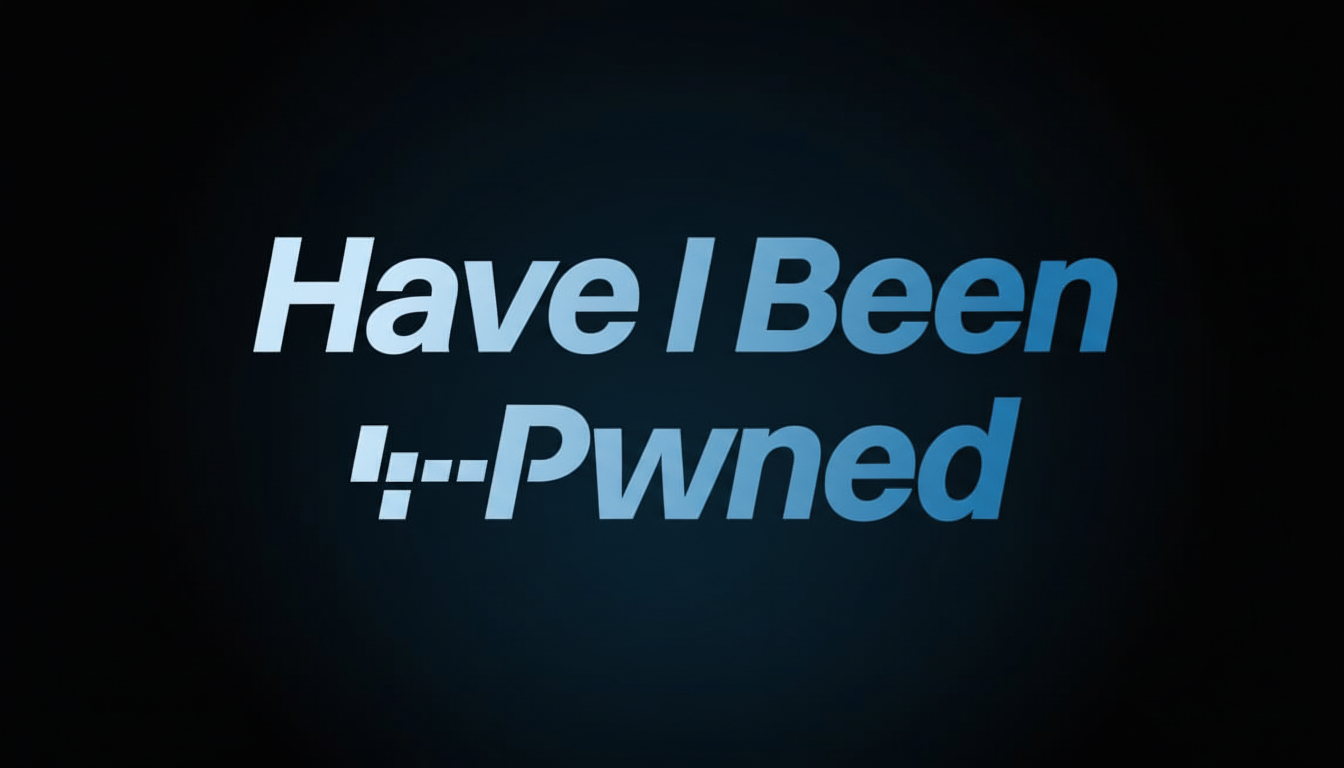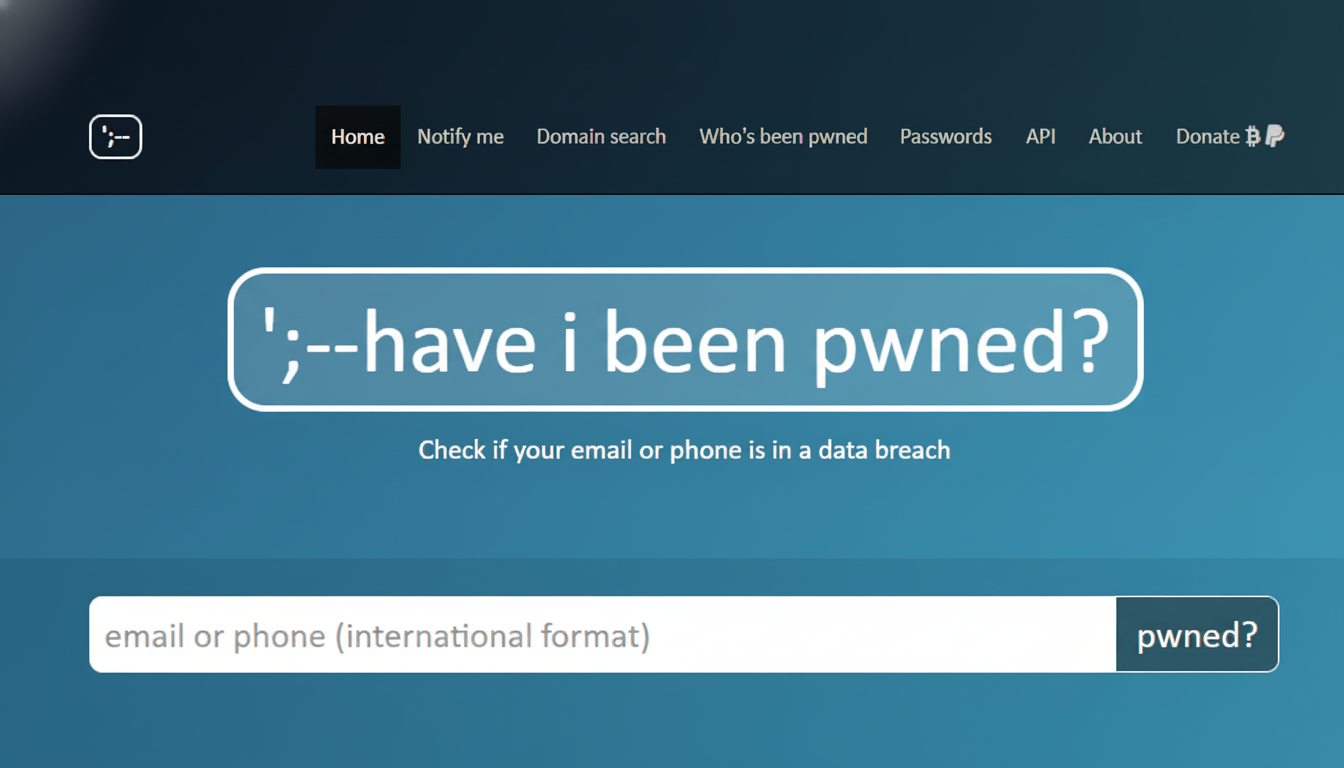A significant security breach has come to light, involving the exposure of 183 million email accounts along with their corresponding passwords. This data, reportedly stemming from a malware-driven theft, has been added to the renowned breach-notification platform, Have I Been Pwned, run by cybersecurity expert Troy Hunt. Following its discovery and verification, this dataset underscores a critical vulnerability affecting countless individuals.
While not every exposed email account will necessarily lead to unauthorized access, the combination of email addresses and passwords can serve as a gateway for attackers engaging in credential stuffing and phishing schemes. Immediate action is vital for individuals to assess their exposure and secure their accounts from potential threats.

What Was Exposed and Its Implications for Users
Initial analyses suggest that this trove of information was collected via info-stealing malware. Such malicious software operates covertly, extracting saved credentials from browsers and applications and transferring them to underground marketplaces. Unlike targeted breaches that involve a specific organization, this malware-based data aggregation pulls credentials from a wide array of services where victims may have reused their passwords.
Credentials remain highly coveted within the realm of cybercrime. According to Verizon’s Data Breach Investigations Report, one of the most prevalent pathways into organizational and personal accounts involves stolen logins. The FBI’s Internet Crime Complaint Center recently revealed billions in losses linked to business email compromise, illustrating how a single compromised mailbox can facilitate invoice fraud and wire transfer scams.
The inclusion of passwords in this dataset heightens the risks for anyone who has reused the same password across different platforms, putting their accounts at greater risk—even if the specific service associated with the breach is not recognized.
How to Determine if You Are Affected by This Breach
Individuals can utilize the Have I Been Pwned service to check if their email address appears in this or any previous breaches. By entering an email, users can obtain information regarding any known exposures associated with it, and the platform also allows for setting up notifications for future breaches.
The Pwned Passwords tool from the same service lets users verify if a specific password has been part of any breach dataset. It is crucial to avoid reusing passwords that show up in these lists, even if they aren’t directly connected to one’s current email.

For organizations managing a company domain, Have I Been Pwned provides domain-wide monitoring capabilities after verification, essential for identifying at-risk employees and enforcing password resets on a larger scale.
In light of the breach, organizations must prioritize immediate password changes, starting with email accounts, banking services, cloud storage, and social media platforms. Utilizing long, unique passphrases, preferably managed through a reliable password manager, is strongly recommended. Additionally, enabling multifactor authentication (MFA) is crucial, with an emphasis on phishing-resistant methods such as hardware security keys or app-based prompts. While SMS offers some level of protection, it is advisable to adopt stronger MFA options.
Entities should also conduct a thorough review of mailbox rules and forwarding settings, as attackers frequently create hidden rules to redirect sensitive information. Signing out from all devices and applications is another critical step to invalidate any tokens that may have been captured during the breach. Furthermore, a comprehensive audit of third-party app access across email and cloud accounts is necessary, eliminating unnecessary permissions that could serve as potential vulnerabilities. Finally, confirming recovery options and monitoring financial accounts will help in identifying any unsolicited activity potentially linked to the breach.
Anticipating Red Flags and Appropriate Responses
In the aftermath of this breach, users should be particularly vigilant for phishing attempts that may leverage breach-related information. Attackers often send deceptive emails encouraging recipients to “verify your account” or “confirm recent activity.” Such communications should be approached with caution; verifying the legitimacy through official channels, rather than clicking on embedded links, is advisable.
Moreover, if one receives multiple password reset notifications from various services, it may indicate an attacker probing for access. In such cases, immediate password changes and enabling multifactor authentication are critical defensive measures. Reviewing recent activity on accounts provided by major platforms can further help identify unauthorized access attempts.
Uncertainties Surrounding This Major Breach
It is important to note that compilations of malware-derived breaches do not always correlate with specific companies or platforms. Consequently, users may find their credentials compromised even if their primary service providers have not reported any breaches. As cybersecurity professionals analyze the dataset for further context regarding sources and timelines, individuals must not delay in implementing defensive measures based on the information currently available.
Essential Actions for Securing Accounts
The pairing of an email address and password remains a primary vector for account takeover, invoice fraud, and identity theft. Individuals must check their exposure on Have I Been Pwned, replace any reused passwords, implement robust multifactor authentication, and investigate their accounts for hidden rules or suspicious activity. Swift action is essential to mitigate the most common threats that typically follow a breach of this magnitude.
